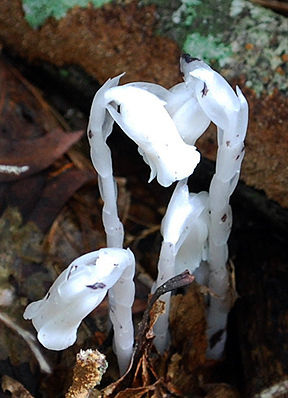Main Street/Alternate Route 553, Mantua Township, NJ
Phone: (856) 415-9999
www.mantuatownship.com/?page_id=308
Mantua Township
Exit Chestnut Branch Park and turn Left on Main Street, Route 553 South. The road will fork 0.7 miles after the 2nd traffic light. Bear Right to stay on 553, and look for the entrance to Ceres Park, 0.5 miles on the Right. DIRECTIONS FROM NEAREST HIGHWAY: From Route 55, take exit 50B for Route 322 West. Turn Right at the first light onto Lambs Road/Route 635. After 1.8 miles, turn Left at the 2nd light onto Main Street/Route 553. Proceed for 0.6 miles to the park entrance on Left, just beyond the Route 55 overpass. Map
New Jersey Transit Bus Lines No. 412 Sewell/Glassboro/Philadelphia stops at Main Street and Center Street. Walk a short distance on Main Street. Walking distance is less than 1 mile.
The Environmental Commission has a detailed nature trail guide and history of Ceres Park Nature Preserve posted on the website.
Gloucester County has 100 acres of open space adjacent to Ceres Park that is open to the public. To reach this tract, exit Ceres Park and turn Right on Main Street. Turn Right at the first traffic light onto Lambs Road/ Route 635. After 0.7 miles turn Right at the traffic light onto Pitman Barnsboro Road. After 0.9 miles turn Right into the unmarked parking area just beyond the golf course. From here, trails explore a mature woodland with large, majestic oak and beech trees and an understory of mountain laurel, as well as an interesting ravine along Mantua Creek. The hilly landscape reflects the marl mining operation that existed here through the 1800s.
| |
 |
| Indian Pipes | Tony Geiger |
| |
Ceres Park is a beautiful landscape of natural growth, hosting a thriving community of animal life that includes mammals, reptiles, amphibians, and many bird species. With an extensive trail system through upland and wetland forests, the preserve can seem much bigger than 52 acres. From the parking lot, a mile-long path through the forest is criss-crossed by many less-defined trails. The trails lead through a diverse selection of plant life to beautiful views of Emerald and Cedar Lakes. These lakes were historically “marl pits,” formed during a mining operation that existed here through the 1800s and early 1900s. Marl is a nutrient-rich marine deposit that was used as fertilizer and gave towns like “Marlton” and “Marlboro” their names. Walking/jogging/biking trails lead to the Chestnut Branch of Mantua Creek and through adjacent county-owned lands, allowing visitors to explore beyond the boundaries of the park. Download and print a trail map from the website before visiting.
The hike to the ponds is wonderful any time of year.
Geese and ducks float on the lakes. Deer, fox and other mammals patrol the woods. Christmas fern and the purple blooms of skunk cabbage are visible. Watch and listen for nesting owls in areas with pines and cedars, especially around dawn and dusk.
Migrating birds abound. Fowler’s toads and spring peepers are calling. Mayapple, pink ladies slipper, violets and jack-in-the-pulpit are blooming. Look for clusters of Indian pipe, a plant that lacks chlorophyll and so is white, peeking through leaf litter and from under logs. Amphibians populate the vernal ponds. White perch are running upstream to their spawning grounds.
Ovenbird, Red-bellied and other woodpeckers, Common Yellowthroat, Catbird Red-bellied and other woodpeckers nest here. Turtles are abundant in the lake. Herons and other wading birds are frequently here as well. Hummingbirds and butterflies are found among the blooming monkey flower, daisy fleabane, smartweed, and spotted touch-me-not along the Chestnut Branch. Mountain laurel blooms in the uplands. Sunfish and largemouth bass snap insects from the surface of the lakes.
Aster and goldenrod bloom. Changing leaves on the various oaks, maples, and sassafras provide color. Dark-eyed Juncos, White-throated Sparrows and other winter inhabitants arrive as summer residents move South. Gray squirrels gather beech nuts.
|